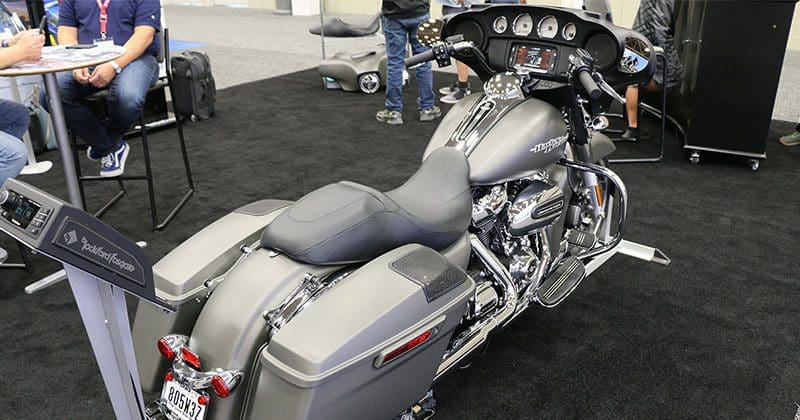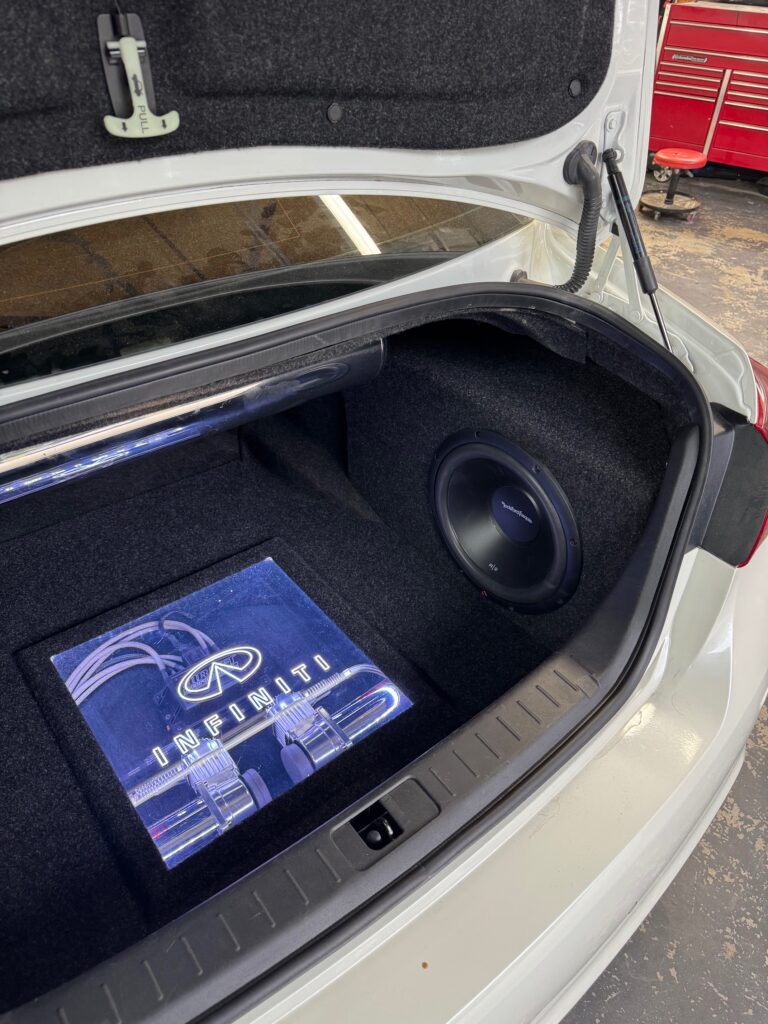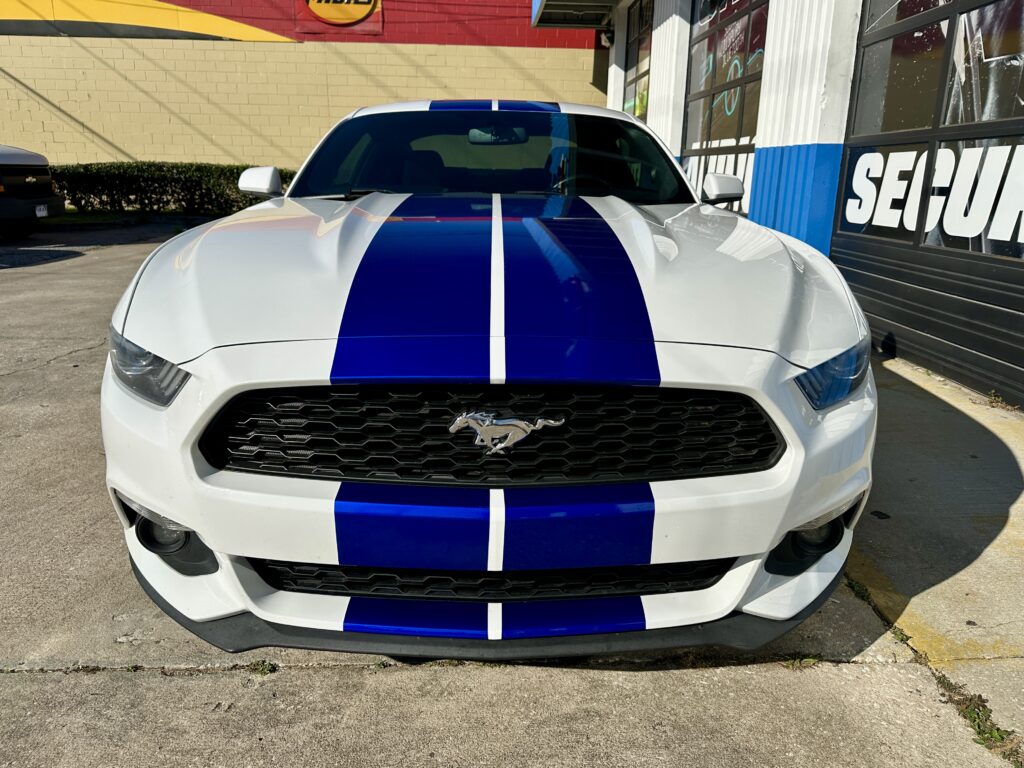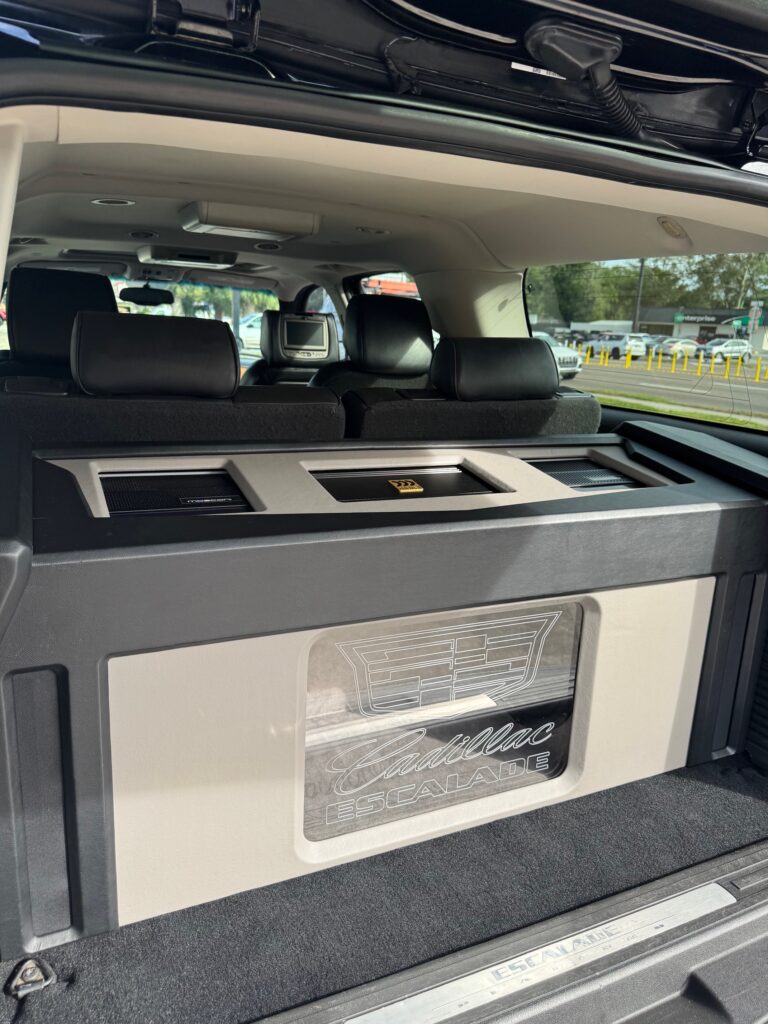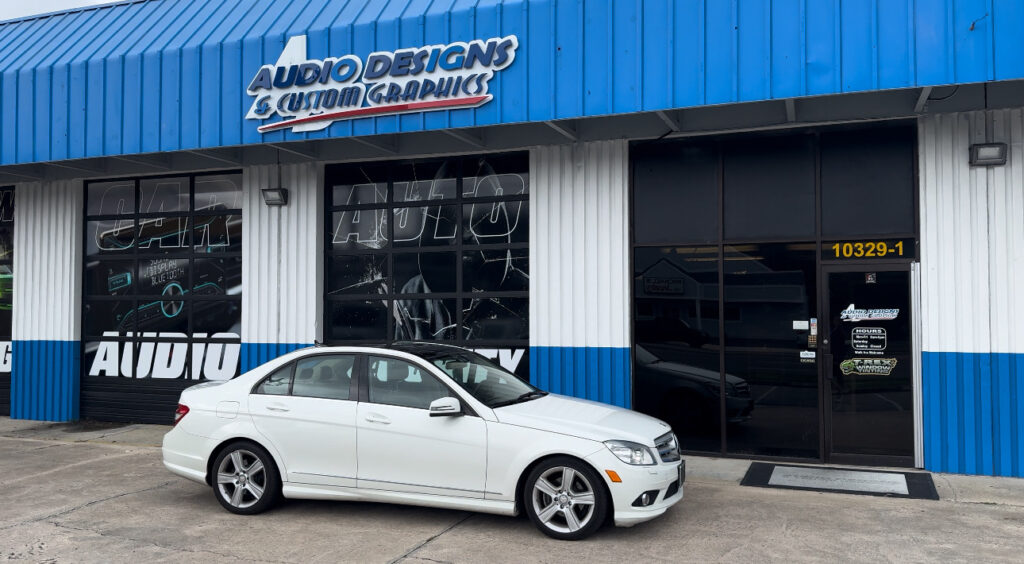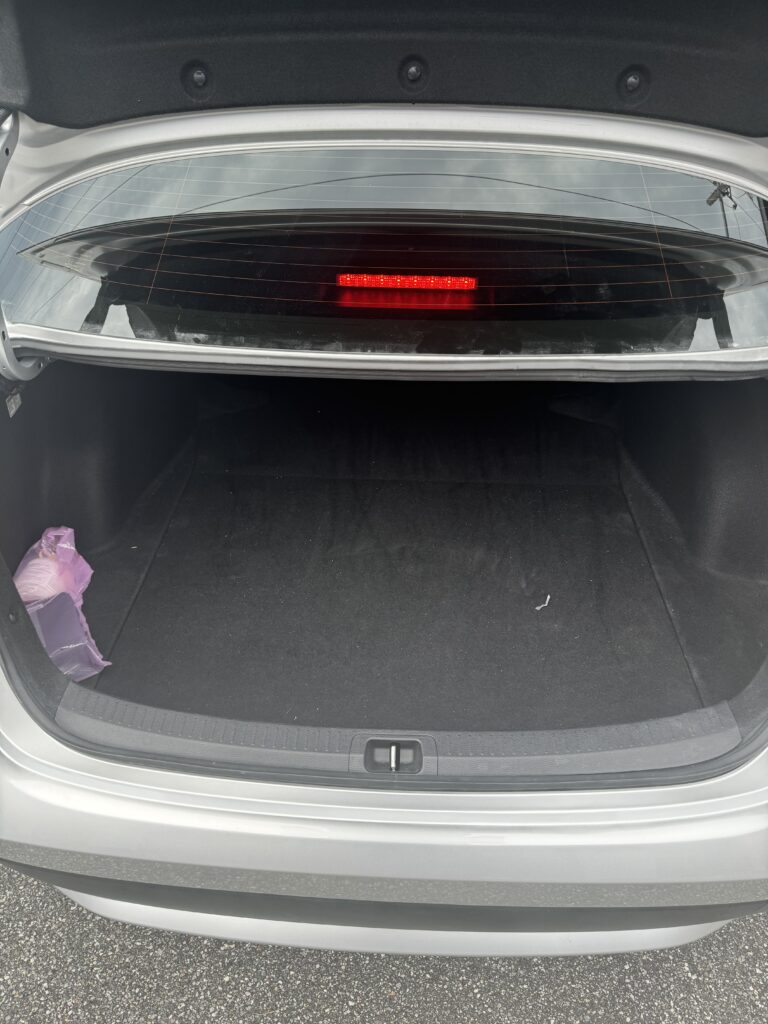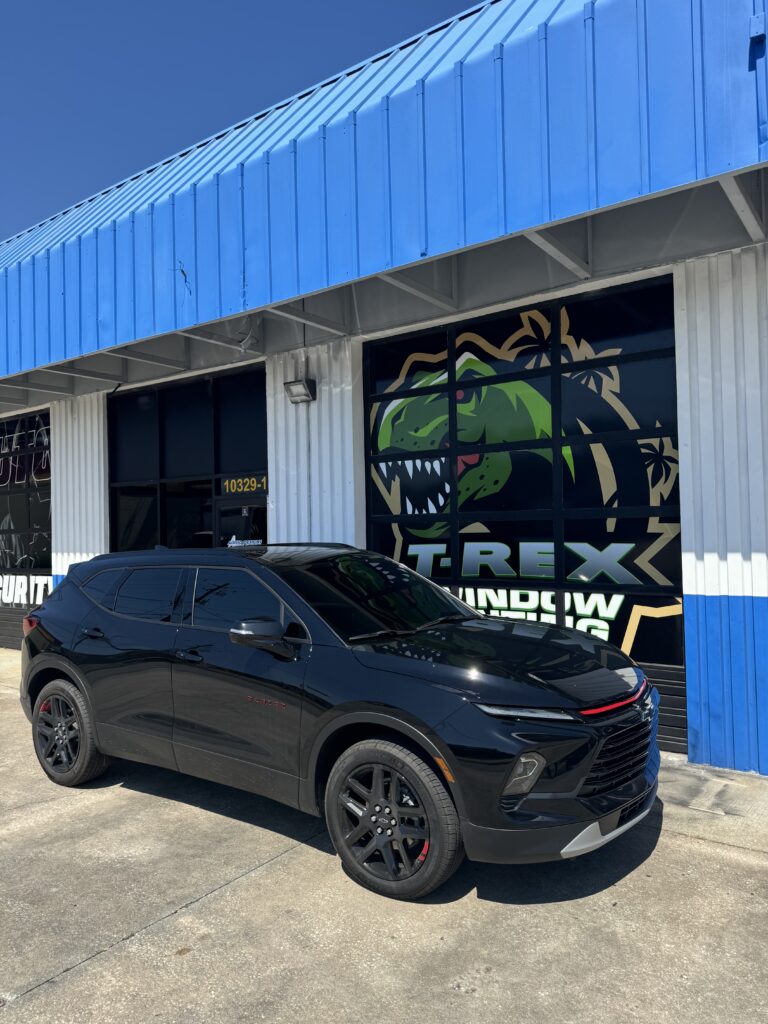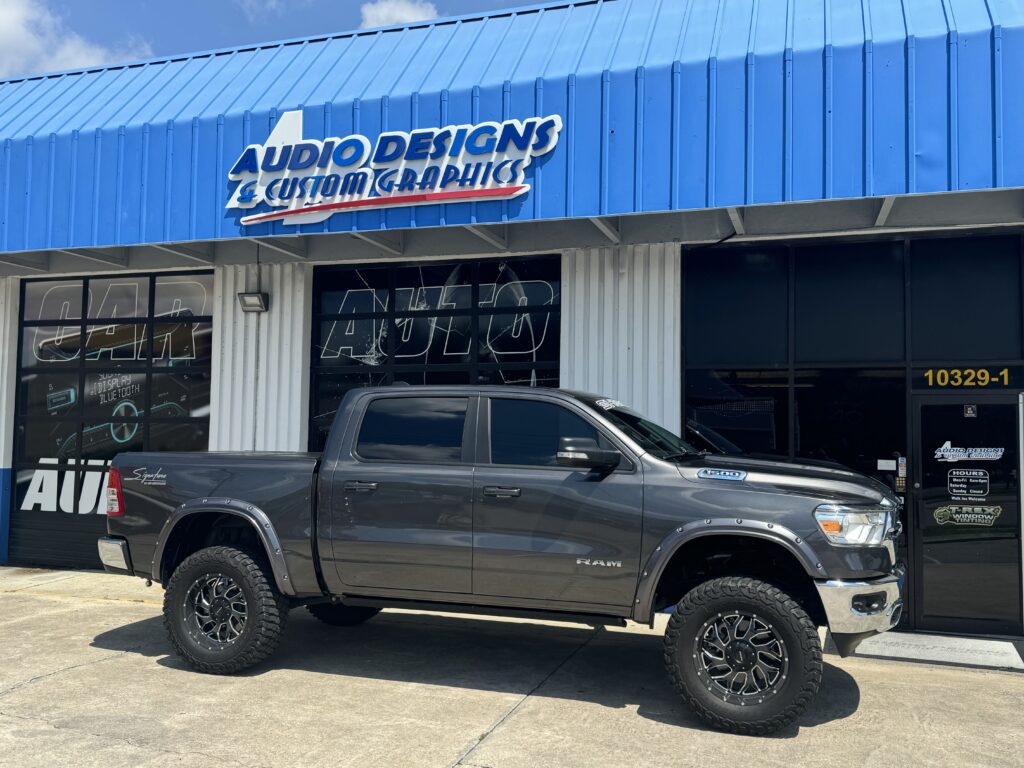If you own a 2013 or newer Harley-Davison touring bike, then there are a few things you need to know before you decide to upgrade your stereo system. We know that the Boom! Box radio has a reasonable set of features with navigation, an AM/FM tuner, a USB port for digital audio files, and support for phone calls with a compatible helmet headset. Where the system falls short is in the speakers they have chosen, the power of the amplifier in the radio, and the way the system is tuned. Luckily, many companies offer amazing upgrades. Let’s talk about upgrading the stereo on your Road Glide, Street Glide or Electra Glide.
Harley-Davidson Boom! Box Radio Tuning
For reasons that escape us, Harley has chosen some unique tuning parameters for the equalizer built into the radio on their cruisers. The specific tuning depends on the option level on the bike and varies depending on the number of speakers installed. While the tuning may sort of work with the factory-installed speakers and the limited power from the amplifier, once your local specialty mobile enhancement retailer starts to upgrade things, those equalization settings make your new speakers sound terrible.
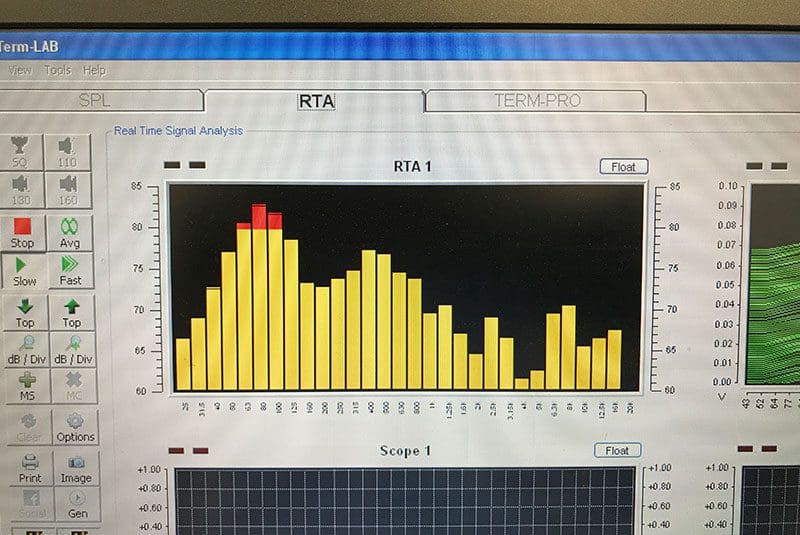
If you’re going to upgrade the audio system on your Harley, your installer will need to deal with this tuning.
Add a DSP to Your Harley-Davidson
One of the best options for dealing with the tuning built into your Harley radio is to add a digital signal processor to the audio system. There are two reasons why this is the best choice if you want truly amazing sound on your bike. When used with a calibrated microphone, your installer can tune the audio system to sound great with any high-quality speaker solution. You aren’t left at the mercy of the radio and the response curve of the speakers. Second, the front and rear speakers can be tuned to deliver the same response. Ensuring that each speaker on the bike sounds the same will make your music sound more realistic.
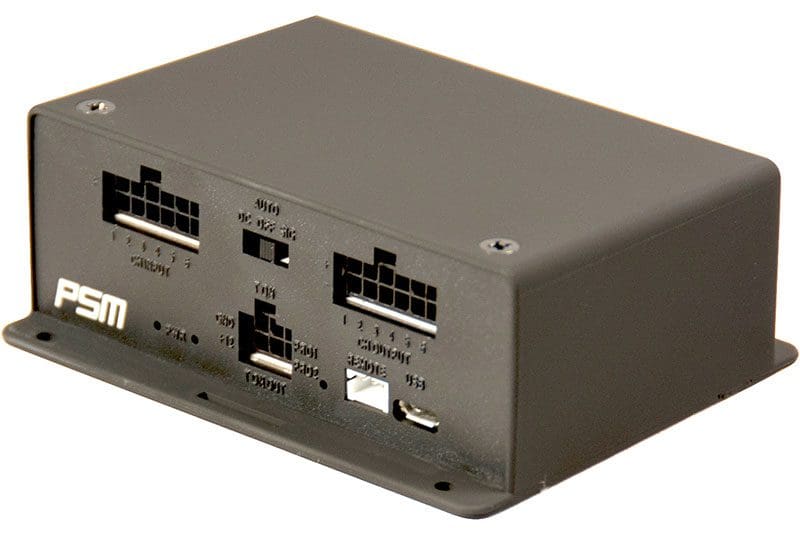
A second and very important benefit of implementing a DSP on your bike is to enable the person tuning the system to accurately limit the bass information sent to your speakers. Face it; you aren’t going to hear the 40 Hz fundamental of a kick drum on any motorcycle audio system when you’re cruising down the freeway. Since it takes a lot of power to produce bass frequencies, a high-pass filter can go a long way toward making the rest of the system play much louder and last a lot longer.
Motorcycle Radio Reflashing
Another very common solution is to reflash the factory radio to a different, flatter equalization curve. Many shops have invested in hardware from companies like TechnoResearch to perform this task. Harley radio reflashing is a simple process that doesn’t take much time. While the output of the radio isn’t perfectly flat in terms of frequency response, it’s a lot better than leaving things untouched.
Image Caption: Radio Flashing Options.jpg
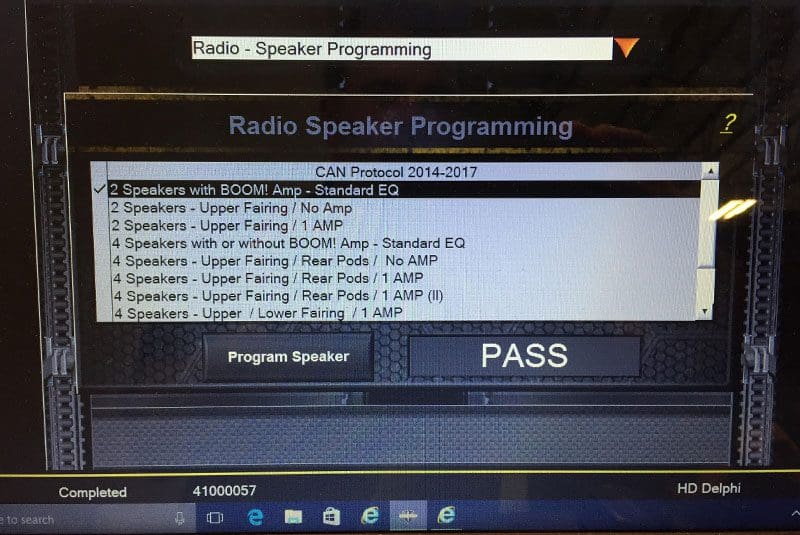
Which Upgrade is Right for You?
If you want a simple radio upgrade that offers good performance, then having the radio on your Harley reflashed in combination with the installation of new speakers and an amplifier is a great starting point. Just as with a car audio upgrade, proper tuning is crucial to delivering smooth and natural performance. The only way to achieve this is with the use of a multi-band equalizer. Concert venues, night clubs, movie theatres and even something as simple as a smart speaker include powerful digital signal processing components that, when configured properly, ensure that your music sounds as good as it can. Your motorcycle audio system should, of course, be the same.
Drop by your local specialty mobile enhancement retailer to find out about the options available to upgrade the performance of the audio system on your motorcycle.
This article is written and produced by the team at www.BestCarAudio.com. Reproduction or use of any kind is prohibited without the express written permission of 1sixty8 media.

